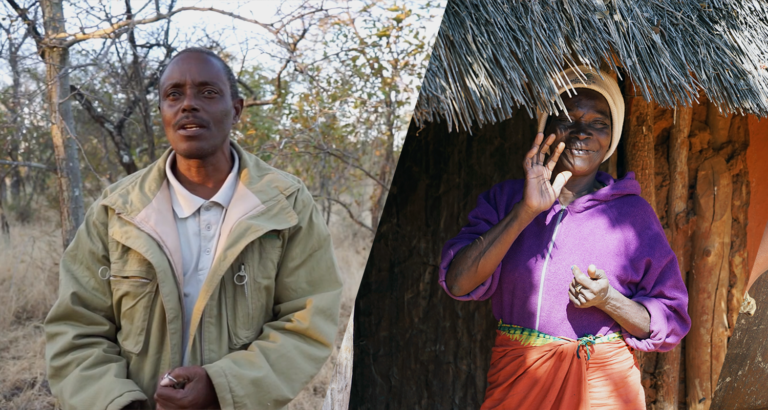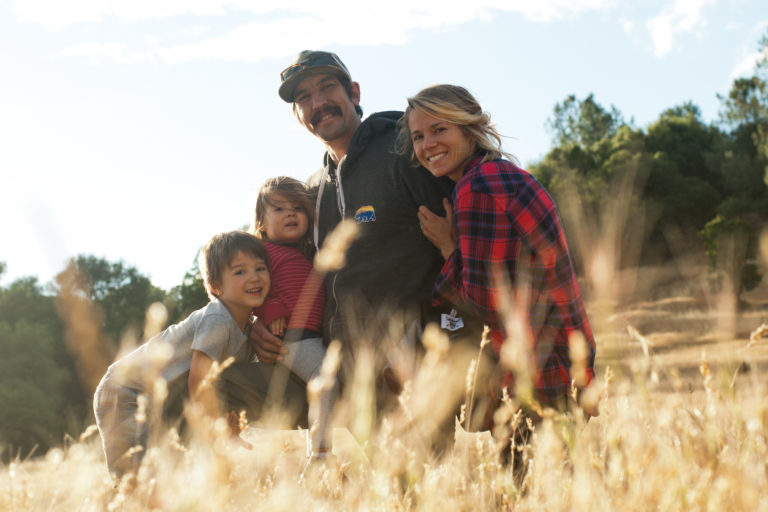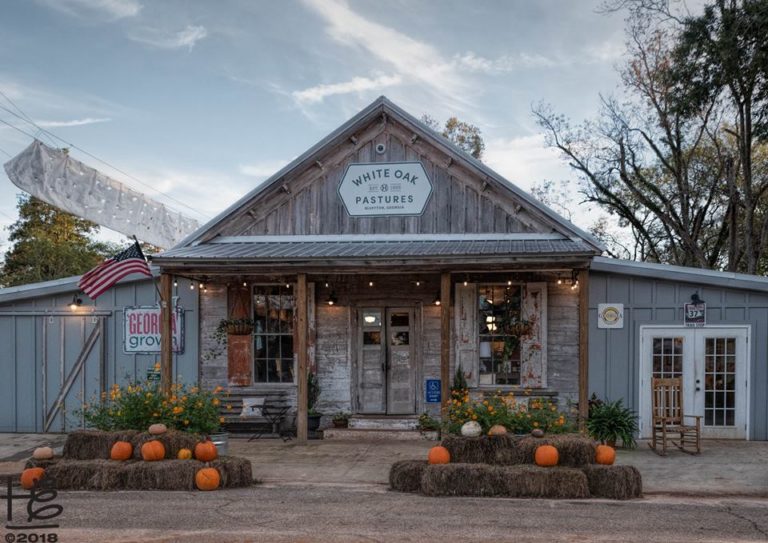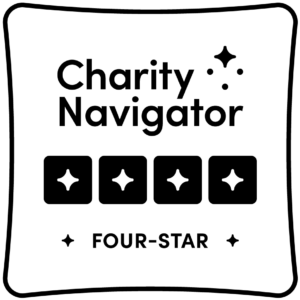So you’re interested in improving your holistic land management? Critical to the momentum in creating increasingly productive and diverse landscapes is to be able to OBSERVE what is going on around you in your landscape. This is essential in order to manipulate the water cycle, the mineral cycle, the energy cycle, and Community Dynamics.
The 3 simple things you can do are observe your landscape in the rain, dig in the dirt and contemplate your community dynamics.
Why are these simple things so important? They help you understand how things are actually working, or maybe you will gain insights to areas of improvement that are needed by taking the time to just review on these three things.
1. Observing in the Rain
Playing in the rain is fun and educational. First of all, don’t go play in the rain if there is thunder and lightning, or the chance of a tornado. On to the matter at hand. Getting out on the land in the rain will allow you to see the water cycle in action! This is really visible during or just after a high-volume rain event for your area. Here are some basic things that may help you observe the water cycle a little closer:
-How much water goes across the land? What color is it? Is there a way to slow the water down and put it in the soil?
-How much of the rain goes into the soil? How much is puddling or pooling at the surface? Why is that?
-What do the larger creeks and rivers look like? How does the stream or creek interact with the larger landscape?
2. Dig in the Dirt
Grab a shovel and go out in the pasture and start digging around. Look closely at the soil. This is a chance to observe the interaction of all 4 of the ecosystem processes in action. Ask yourself some of these questions:
-What does the dirt look like on your shovel? Describe the texture, the color(s), the smell, the water content, and what organisms are present.
-What can you infer about the mineral cycle from your shovelful of soil?
-How could the mineral cycle be improved in this area?
3. Contemplating your Community Dynamics
Taking some time to look at what you have at your feet in terms of plants, as well as animals, and how they interact with each other will help you have a better understanding of the current state of the ecological community. This is especially true when you are trying to manage towards a more complex and stable environment when starting from a low level of succession. Some of the questions that you could ponder are:
-What plants are there? What are their leaf types and root types? Are they annual or perennial?
-What level of succession are you managing for? What does that look like in terms of plant types, populations and age structures?
-Is there a species you are trying to decrease in population (an “undesirable” plant)? What is the weak point of it’s life cycle? What makes the species prolific in this area? How can you change that?
Taking a little bit of time to look at your water, your soil, and all the living organisms present will help you hone your powers of observation to become a better land manager. Asking the above questions will help you gain a better grasp as to why things are the way they are and what tools you can use to influence the land to reflect your future resource base described in your context of holistic land management. Go learn to observe and don’t forget to enjoy doing it.
Written by Fallon Turner Stover, a California rancher and Savory Institute Professional Educator.




